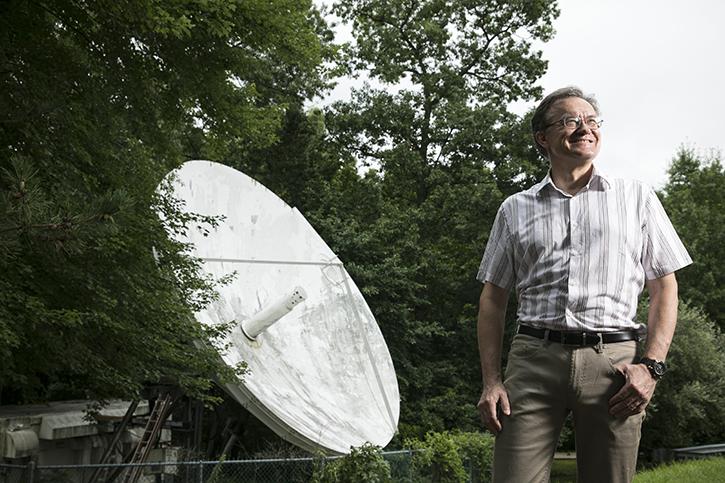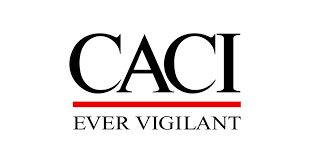CACI Helps George Mason With Reclaimed Satellite Dish

For George Mason University's Peter Pachowicz, associate professor of electrical and computer engineering, things are looking up…up to space, specifically. Pachowicz is eager to finally use what will be the largest satellite dish in the Washington, D.C., area available to undergraduate students, which was nearly discarded a few years ago.
As previously reported, in 2020 the university was planning to toss the 27-year-old, 30-foot satellite dish on its Fairfax campus. Said Pachowicz at the time, “If we didn’t take it, it was headed to the scrap yard,” adding that a new dish the same size would cost over $1 million.
CACI, a longtime corporate partner of the Volgenau School of Engineering, stepped in to help, providing funds to make the dish, which was donated and financially supported by a subsidiary of the George Mason University Instructional Foundation, available to students. CACI provides expertise and technology —including satellite engineering and space operations—in support of national security.
CACI Chief Technology Officer, Glenn Kurowski, said, “The dish is a compelling asset that we helped salvage for a new mission. Our industry needs innovative young talent in satellite communications, digital signal processing, and RF. There’s no better way to learn this than by combining academic instruction with experiential learning on real-world equipment.”
The first big project for the dish, dubbed Space Communications Ground Station, or SpaceCom, is for a senior design team to work on the dish guidance system, including dish motion control and feedback from position sensors.
The dish will be available to engineering students, as well as those in other Mason schools and colleges, allowing for multidisciplinary, hands-on experience. Pachowicz notes that when he tells students about the opportunity to do projects with SpaceCom, “[they] jump at the chance and ask when they can work on it.”
*Story was originally written by Nathan Kahl

